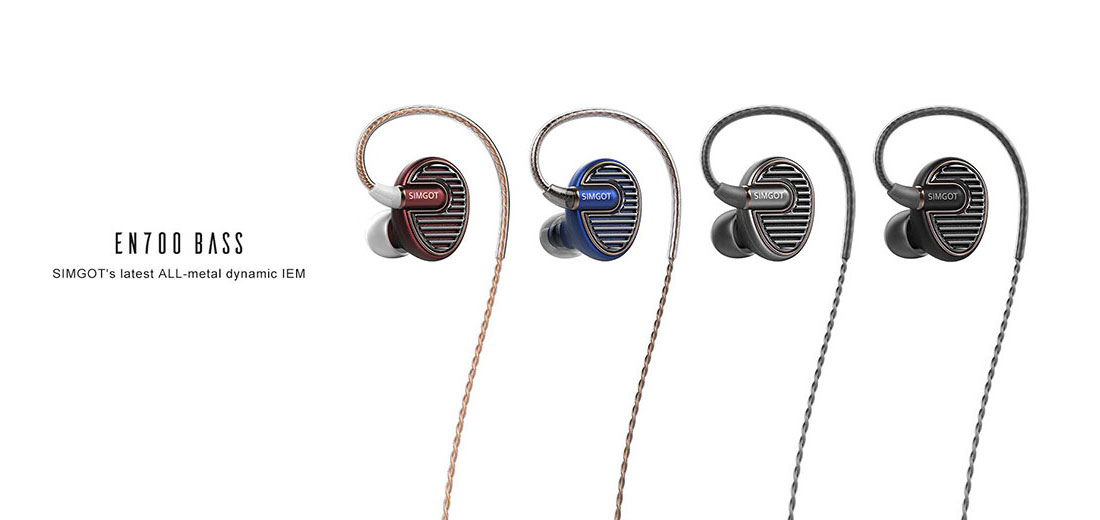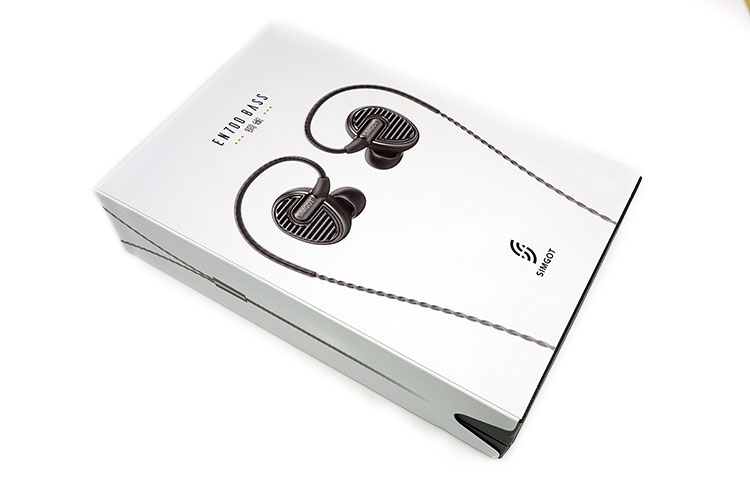Synergy
Efficiency
The EN700 BASS is rated at 16 ohms and 101dB so it is fairly easy on the voltage for reasonable volume but it is not an overly sensitive IEM in general. Testing across the DAPs I found the volume levels to be fairly wide ranging from fairly quiet to reasonably loud, much more so than some BA equivalents.
FiiO/ALO Audio Pairings
The EN700 BASS performed with more aplomb when used with better-quality amps. On DAPs such as the N3, it sounded musical with decent impact but the dynamics and clarity jumped in quality once switched to the line out with amps such as the FiiO A5 and even better with ALO Audio’s RX and V5 amps.
On all 3 noise control was excellent, better than I expected. Voltage control was also not too bad with shorter wiggle room on the A5 as expected given its power. The RX aggressive gain was a little muted also and there was plenty of room for volume control on the V5 in low gain.
With the A5 the bass tightened up a little with the greater weight of the three and a little more sub-bass power. The V5 pulled the EN700 BASS back a touch compared to the A5 but produced a sweet cleaner mid-range and vocal performance.
The RX was perhaps the best all-rounder with the EN700 BASS with a clean, dynamic, and punchy presentation.
iBasso Pairings
iBasso’s two mid-range portable amps, the D14 and PB3, produced different results with the EN700 BASS. The PB3 in particular opened up the midrange more than the A5 with a smooth delivery.
The EN700 BASS’s low-end was a bit linear, perhaps not so weighted but a much better definition and dynamics than the N3, X1 2nd gen, and the AP60 DAPs on their own.
The D14/EN700 BASS pairing for me did not sound as spacious in the mids as the PB3 and exhibited a bit of a brighter more energetic treble response though at times this veered into some unwanted glare. If I had to choose between the two I would pick the PB3 as the ideal pairing from iBasso’s range of mid-fi amps.
Select Comparisons
AAW Nebula One
$99
Technicalities
The Nebula One has a 16 ohm and 100dB SPL rating so it is relatively easy to drive and remains fairly distortion-free on decent portable amps (DAP/DAC or analog).
It is relatively similar in terms of efficiency to the EN700 BASS so similar sources and voltage settings should see both being driven fairly satisfactorily. Both show similar levels of low noise and are fairly hiss-free on DAPs and have good noise control on portable IEM amps.
Tonality
Tonally both IEMs have the same bias to a fattened low-end though I find the EN700 BASS to have better quantity and a slightly warmer approach and the Nebula One to be marginally pacier sounding. Mids and treble on the EN700 BASS have a bit more body and smoother sounding than the Nebula One.
Brittle
The treble on the Nebula One can sound a little brittle in comparison, particularly in the lower treble response. As such I find the EN700 BASS a bit more forgiving and natural sounding with percussion and synth work.
The same is true for vocals with the EN700 BASS, particularly with tip 1 sounding the more natural of the two with better body and less sibilance.
RHA CL750
$140
Technicalities
The CL750 is an impressively inefficient single DD driver IEM rated at just 89dB and 150 ohms. Call it the baby brother of the CL1 if you will but it still requires pretty much similar levels of voltage and power tweaking to sound good.
This is the poster child for budget audiophile ratings in an IEM and “Made For iPod” most definitely is not.
In fact so glaringly inefficient there is actually a warning sticker on the front of the box in case you might have missed the implications of such a spec. The silver label simply reads “For Use With Amplifiers”.
By contrast, the EN700 BASS will happily run off most sources at just 16 ohms and 101dB. It has average efficiency for a dynamic IEM though so it will sound better with better quality amps but it has nowhere near the amping requirements of the CL750.
On the flipside noise is not an issue with the CL750 but the tonal pairing is, unlike the EN700 BASS which is fairly forgiving on most sources.
Tonality
The fact that both have dipped mids is rather moot because tonally both couldn’t be further apart. The CL750 is wonderfully detailed at this price point with a fantastic imaging capability delivering a very nice level of spatial cue awareness that the EN700 BASS can only dream of.
The CL750 low-end is warm but not as full-sounding as the EN700 BASS and it doesn’t have the same level of sub-bass quantity with a quicker roll-off.
Brighter
And yet, the CL750 is much brighter, peaky at times, and far more sibilant than the EN700 BASS. It can make for an uncomfortable experience if poorly matched. Fundamentals lack a bit of power so instrumental notes are thinner sounding and lack authority on the CL750.
Vocals on the CL750 are more energetic sounding with plenty of space to work but have a very sharp attack, particularly on higher-pitched female vocals. The EN700 BASS vocal performance is sibilant-free, a bit more natural, and fuller sounding. Certainly a lot more forgiving than the CL750.
Acquired Taste
This is an acquired taste no doubt. The CL750 is a detail freak at this price point but it comes at a cost where matching and treble tolerance are at their most demanding. The EN700 BASS doesn’t paint such an interesting and challenging presentation but it will happily run off most sources and in a much more forgiving manner.
Our Verdict
The EN700 BASS is an eye-catching and professionally packaged IEM that stands out from the crowd at this price point. This is a good thing because the budget marker of $100 finds some very competitive alternative options which for me run the EN700 BASS very close in terms of tonal quality.
The unique selling point of the varied tips in terms of bore diameter is a good addition and provides some nice options for tweaking the sound.
Both have their own unique qualities with tip 2 giving you a big hike in mid-bass quantity and decent sub-bass presence compared to the more balanced and open-sounding tip 1 which prefers to show off the top-end a bit more.
Add to that the rather fetching leather case and excellent quality cable I actually enjoyed what the EN700 BASS had to offer. It is not often you get something memorable in the budget range. All too often I remember some for the wrong reasons but the EN700 BASS does give you a fairly safe but musical presentation with a unique sense of styling.
SIMGOT EN700 BASS Technical Specifications
- Transducer unit N50 high magnetic composite moving-coil driver
- Diaphragm Polymer composite titanium diaphragm
- Frequency response 15Hz-40kHz
- Sensitivity ≥101dB(at 1000Hz)
- Impedance 16Ω
- Distortion <1% 101dB(20μpa)
- Channel imbalance <1.5dB(at 1000Hz)
- Rated power 10mW
- Cable OFC braided wire with 400D DuPont KEVLAR fiber



